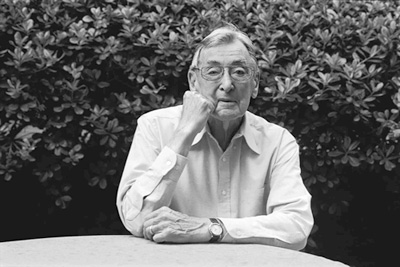About Dr. Furchgott

Robert Francis Furchgott shared the 1998 prize in physiology or medicine with Louis Ignarro and Ferid Murad for the discovery that nitric oxide (NO) acts as a signaling molecule in the cardiovascular system, promoting blood vessels to relax and widen. The discovery that the gas was produced naturally represented a whole new mechanism for biological signaling. Today, NO (nitric oxide, not to be confused with N2O - nitrous oxide, or "laughing gas") is used to regulate blood pressure and fight infection. It helps prevent the formation of thrombi, activates nerve cells, and helps kill bacteria and parasites. It is used to treat heart and lung conditions (Alfred Nobel was once prescribed nitroglycerin to treat chest pain), shock, cancer (by inducing cell death to combat tumours) and impotence (Viagra was a spin-off from this research).
Furchgott was born in Charleston, South Carolina in 1916. As a child he attended nature study classes and field trips sponsored by the Charleston Museum. In 1929, with the Furchgott department store failing in the Depression, the family moved to Orangeburg where Robert attended high school. He was a keen scientist and his parents encouraged him. In 1933 he entered the University of South Carolina but the following year, when the family moved to Goldsboro, North Carolina, he transferred to his preferred choice of Chapel Hill, majoring in chemistry.
After gaining his BSc in 1937, Furchgott gained a teaching at assistantship Northwestern University Medical School of Chicago, with placements to Cold Spring Harbor Biological Laboratory, NY, leading to a PhD in biochemistry in 1940. From the start, Furchgott was interested in the physical chemistry of blood, an interest he developed at Cornell University Medical College, New York from 1940–49, and at Washington University, St. Louis, from 1949–56. In 1956, he joined the new Department of Pharmacology at the State University of New York (SUNY) College of Medicine in Brooklyn as Department Chairman. It was here that he made his prize-winning discoveries before retiring in 1989.
From: Nobels - Nobel Laureates photographed by Peter Badge (Wiley-VCH, 2008), ISBN 978-3-527-40816-0